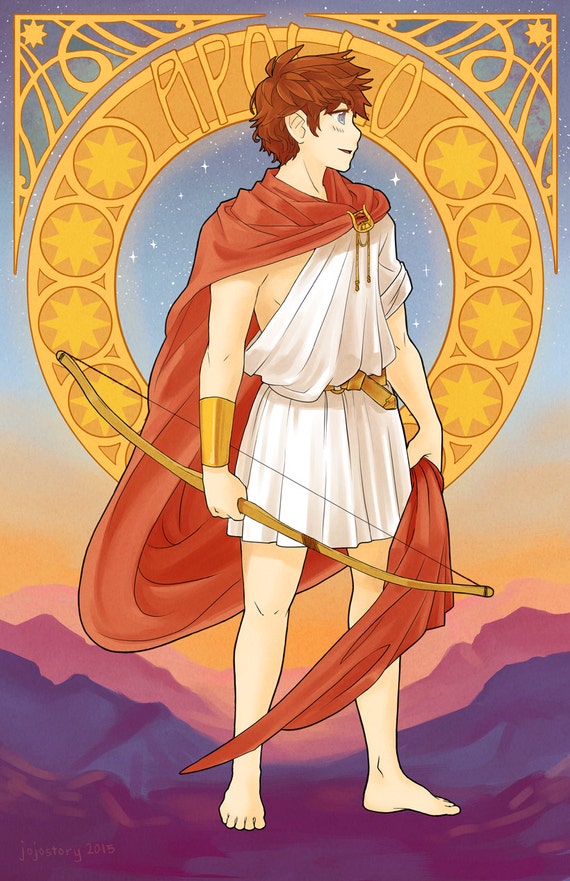Three Hundred and Thirty Million Deities
Hindu Mythology Hindus have one God. They also have 330 million gods: male gods; female gods; family gods; village gods; in geometrical patterns and in man-made objects. Then there a whole host of demons. But no Devil. The roots of mythology evolved from the times of Vedic civilization. The two great Hindu epics, The Ramayana & The Mahabharata tell the story of two specific incarnations of Vishnu. [ Rama&Krishna ]
Vishwa-Rupa or Virat-Swarup is the cosmic form of God. For Hindus, God is the container of all things. All existence is a manifestation of the divine. This understanding of the world makes no room for the notion of "Evil". Evil means that which is devoid of Godliness.When everything is God, then nothing, not even things we despise and shy away from, can be ungodly.
Good and bad are judgements based on human values. Human values are critical though they may be to establish a civilized society and are based on a limited understanding of the world.When understanding changes, values and judgements change and with them society.
The Sanskrit word "Maya" refers to all things that can be measured. Human understanding of the world is limited, hence measurable, hence Maya. To believe that Maya is truth is delusion. Beyond Maya, beyond human values and judgements, beyond the current understanding of the world, is a limitless reality which makes room for everyone and everything.
That reality is God!
Hindu Mythology Hindus have one God. They also have 330 million gods: male gods; female gods; family gods; village gods; in geometrical patterns and in man-made objects. Then there a whole host of demons. But no Devil. The roots of mythology evolved from the times of Vedic civilization. The two great Hindu epics, The Ramayana & The Mahabharata tell the story of two specific incarnations of Vishnu. [ Rama&Krishna ]
Vishwa-Rupa or Virat-Swarup is the cosmic form of God. For Hindus, God is the container of all things. All existence is a manifestation of the divine. This understanding of the world makes no room for the notion of "Evil". Evil means that which is devoid of Godliness.When everything is God, then nothing, not even things we despise and shy away from, can be ungodly.
Good and bad are judgements based on human values. Human values are critical though they may be to establish a civilized society and are based on a limited understanding of the world.When understanding changes, values and judgements change and with them society.
The Sanskrit word "Maya" refers to all things that can be measured. Human understanding of the world is limited, hence measurable, hence Maya. To believe that Maya is truth is delusion. Beyond Maya, beyond human values and judgements, beyond the current understanding of the world, is a limitless reality which makes room for everyone and everything.
That reality is God!


















